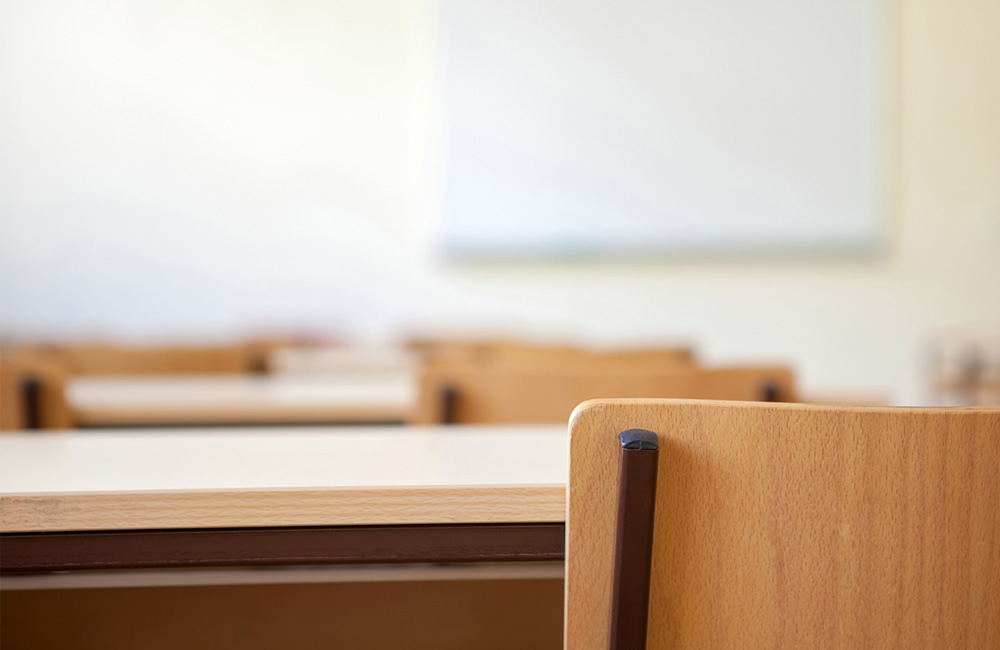ACER1004 - Partial Concentration of Maple Water by Reverse Osmosis
ACER1004 - Partial Concentration of Maple Water by Reverse Osmosis
Secteur halieutique et ressources naturelles
Description
This course will allow students to become familiar with the principle of reverse osmosis and the operation of a reverse osmosis system.
Objectives
-
Identify the components of a reverse osmosis system
- Describe the physiological phenomenon of reverse osmosis
- Describe the components of a concentrator
- Describe the composition of a composite membrane and a spiral-wound module
- Describe the possible membrane arrangements
-
Calculate the capacity of a concentrator
- Calculate the dead volume "DV" and residual dead volume "RDV" of a concentrator
-
Understand the assembly and disassembly process of a concentrator
- Describe the steps for assembling a concentrator at the beginning of the season
- Describe the steps for disassembling a concentrator at the end of the season
-
Understand the startup and operation of a concentrator
- Describe the startup process at the beginning of the season
- Describe the various methods for operating a concentrator
-
Determine the pure water permeability (PWP) and membrane efficiency
- Describe the phenomenon of membrane fouling
- Calculate the pure water permeability (PWP) of membranes
- Calculate membrane efficiency
-
Understand the periodic maintenance tasks of a concentrator
- Describe how and when to replace prefilter cartridges
- Describe the processes for temporary and long-term membrane storage
- Develop an operation, performance, and maintenance log for a concentrator
- Describe the shutdown procedure for a concentrator, including washing and rinsing
Content Overview
- Principle of Reverse Osmosis: semi-permeable membrane, molecules, sugar, minerals, mechanical pressure, osmotic pressure, etc.
- Components of a Concentrator: feed pump, pre-filters, high-pressure pump, membranes, recirculation pump, Brix reader, etc.
- Composition of Composite and Spiral-Wound Membranes: surface layer, microporous layer, support fabric, membrane film, mesh separator, sealing joint, etc.
- Membrane Arrangement: parallel, series
- Capacity of a Concentrator: dead volume and residual dead volume
- Concentrator Operations: concentration, de-sugaring, washing, rinsing
- Membrane Fouling: soluble and insoluble residues
- Calculation of PWP (Pure Water Permeability) and Membrane Efficiency: filtrate, pressure, flow rate, temperature, correction factor, etc.
- Periodic Maintenance: pre-filters, membrane storage, operation log, system shutdown at the end of the season
INFORMATION:
Related Training

Evaporation of Water or Maple Water Concentrate
This course allows students to become familiar with proper techniques for evaporating maple water and maple water concentrate.More...
Succès en affaires – pêche, foresterie ou agriculture
Ce programme vise à permettre à l'étudiant d'acquérir des connaissances de base en affaires afin d’améliorer sa productivité et d'optimiser son utilisation des infrastructures existantes, rendant ainsi la microentreprise sous sa direction plus stable et plus compétitive à l’échelle provinciale, nationale et internationale.More...
Traitement des eaux des municipalités
Ce cours permettra à l'étudiant d'enrichir ses connaissances liées aux principes de traitement de l'eau, aux éléments d'entretien et de sécurité, ainsi qu'au fonctionnement des différents procédés de traitement afin d'assurer un meilleur service et d'offrir une eau de qualité supérieure.More...

Sécurité des bâtiments de navigation intérieure (FUM DVS)
Ce cours permettra à l'étudiant d'acquérir les notions nécessaires sur les techniques individuelles de survie et de la lutte contre les incendies aux gens de mer canadiens employés sur les bâtiments transportant des passagers, les bâtiments de travail et les bâtiments de pêche qui effectuent des voyages en eaux canadiennes.More...


